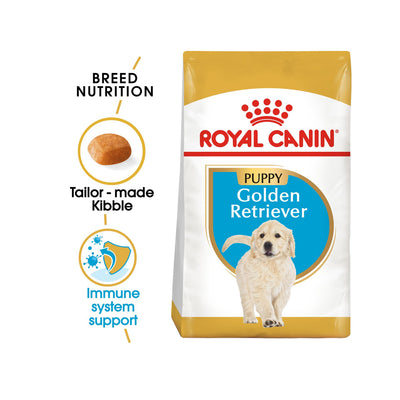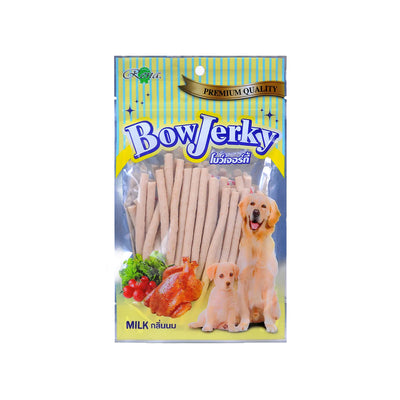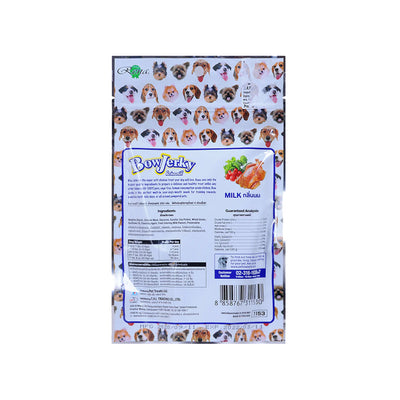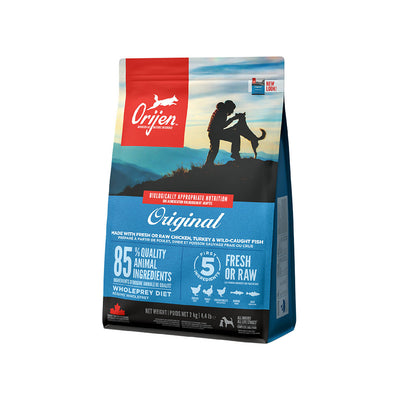It is very important to keep your pup’s paws protected, especially during severe weather conditions or during an outdoor adventure. In order to keep your furry one’s paws protected at all times, you need to cover their paws. You can either purchase dog boots or DIY a customized pair of dog boots for your furry baby.
Taking your pup for a walk during the summers on hot sidewalks can scald their paw pads. A walk on the snow or ice may lead to frostbite. Walking on wet and muddy roads can cause mud or dirt to stick to their paws leading to bacterial infections, etc. Paw pad injuries are the worst and are very painful for our furry ones, hence wearing boots will protect their paws from all these hazards.
Here are some of the benefits of having dog boots-
- A boot will protect you canine’s paw in severe weather conditions.
- It will act as a shield to your pup’s paw from things like broken glass, stones, thorns, etc.
- It will help in preventing your pup from bringing muddy and dirty paws into your home.
- Their paws can accidently scratch your floor or furniture, therefore having a boot on at home can protect your furniture, leather or rugs from scratches.
You can DIY a nice snuggly dog boot for your canine using these basic materials in your free or spare time.
Required Materials and Tools-
- Fleece
- A durable fabric- Ensure that the material you use is durable enough and is suitable for outdoor wear.
- Leather or faux leather for the wear pad- Ensure that the leather is thicker than the fabric used and is suitable for outdoor wear.
- Velcro
- Leather glue
- Scissors
- Needle and thread or a sewing machine
- Ruler
- Pen and paper
Measurements-
The first step is to measure your canine’s paw. The best way to measure your canine’s paw is to keep their paw on paper and trace it. After you trace their paw, you need a draw an outline that is at least 1 to 2 cm bigger than the paw. You can decide the length of your boot and take the measurement based on the length that you need. You can just measure the first foot of your canine and create all four boots based on that measurement.
Cutting the material-
Using a scissor, cut the paper according to the outer line traced. The paper pattern you cut is only the half side of the boot. Therefore, when you cut the material, ensure you fold the material and cut it. The material should be cut in a way that when you open it, the cut should create a “bow-tie” shape.
You also need to create a wear pad for the bottom of the paw. Cut the wear pad based on the paw pad measurement of your canine. You can also use an old tape measurement to cut the circles. The material of a wear pad should be a bit thicker than the material you use for the boots.
Cut four pieces of the Velcro material, it should be at least 2 times the width if the narrow part of the patter is 1 inch below the flare on the top.
Sewing the boots –
Firstly, sew the wear pads in the foot area of the boot material. Give a straight stitch around the perimeter of the material used. You can give a stitch across the wear pad if your canine has a huge paw. Giving a cross-stitch will prevent the slipping of the wear pad.
Attach the bootstrap in the narrow portion of the boot material which is above the wear pad. It will help in placing the strap on the narrowest part of your canine’s leg. Creating a box area with a straight stitch and a diagonal stitch will help in creating tight stitches that are difficult to be ripped.
Tightly roll the Velcro strap up and get it out of the way for the final stitch. Fold the material towards the toe edge so that the wear pad and bootstrap are on the inside. Sew along the edges from the toe towards the top.
After you finish stitching the edges towards the top flare, sew in reverse for about one or half-inch to lock the edges and secure the stitch making it difficult to rip. Cut the thread, flip the boot around and sew the other seam in the way mentioned above. Follow the same steps for the rest of the boots.
The Boots are now ready to be used. The Velcro material used will create a nice snuggly wrap around your canine’s paw. Do not create tight boots as they can make your canine very uncomfortable. If the boots created are tight and uncomfortable, your canine will let you know by chewing on the bootstraps.


















![5 Fun Facts About [Popular Pet Breed]](http://www.petkonnect.in/cdn/shop/articles/5_Fun_Facts_About_Dog_Pet_Breeds.png?v=1716969117&width=400)


